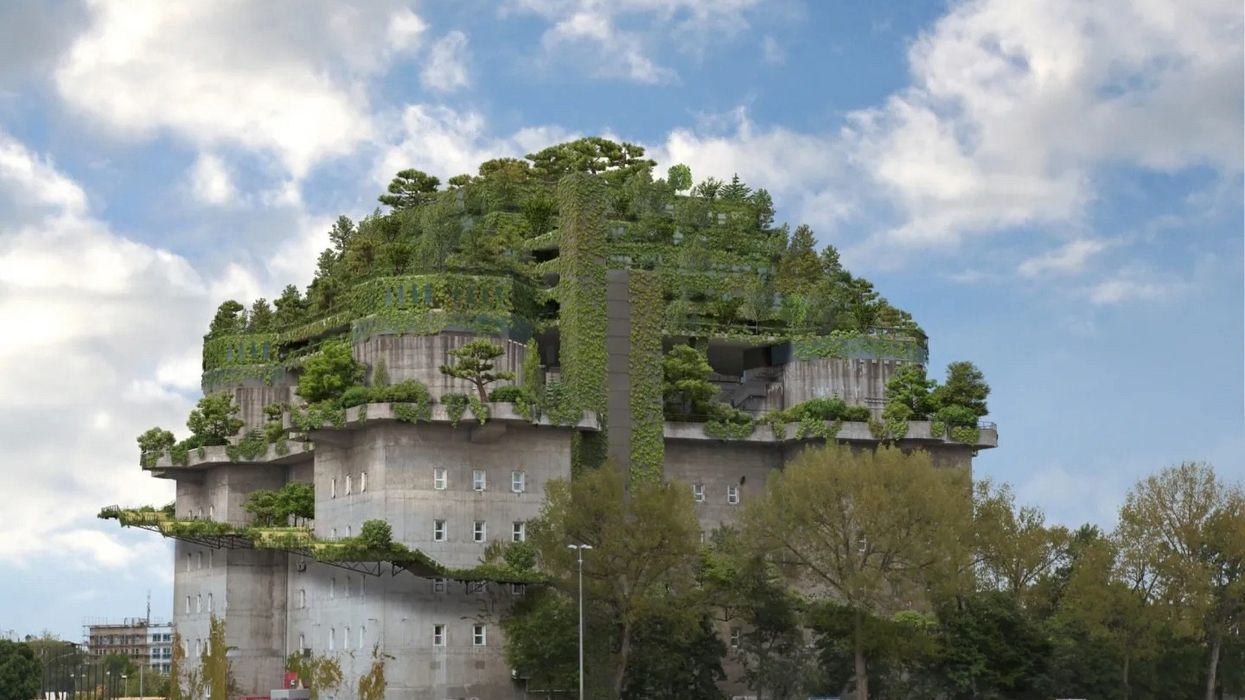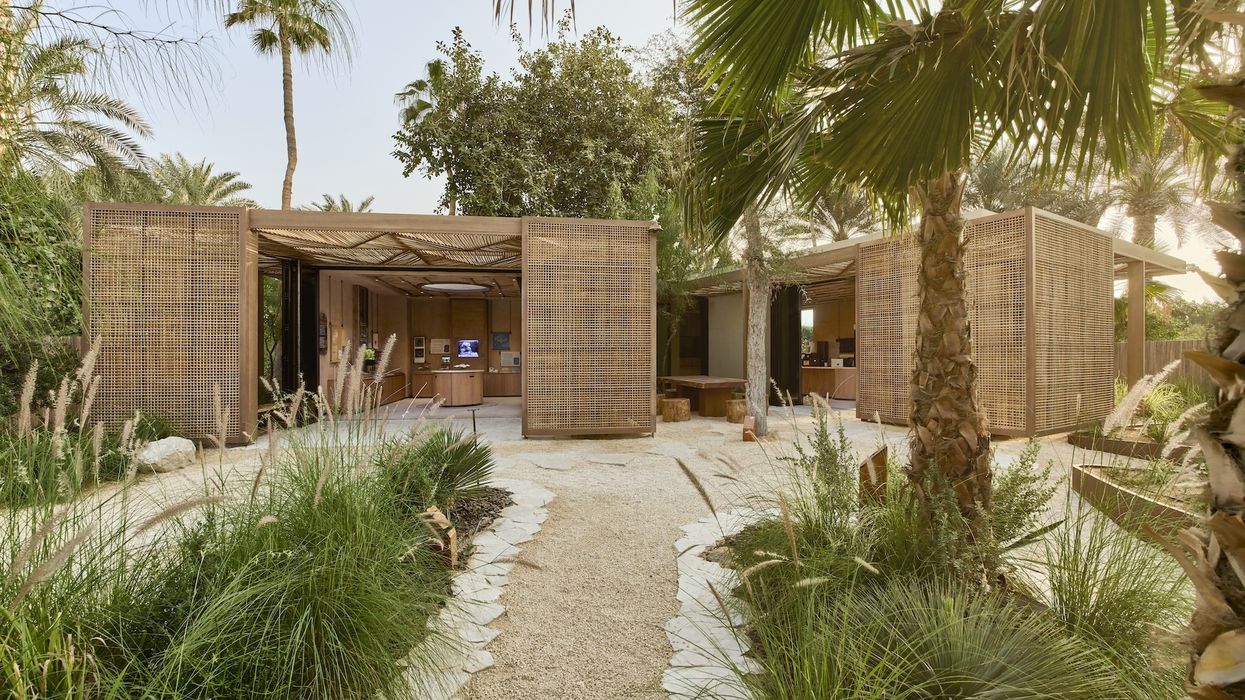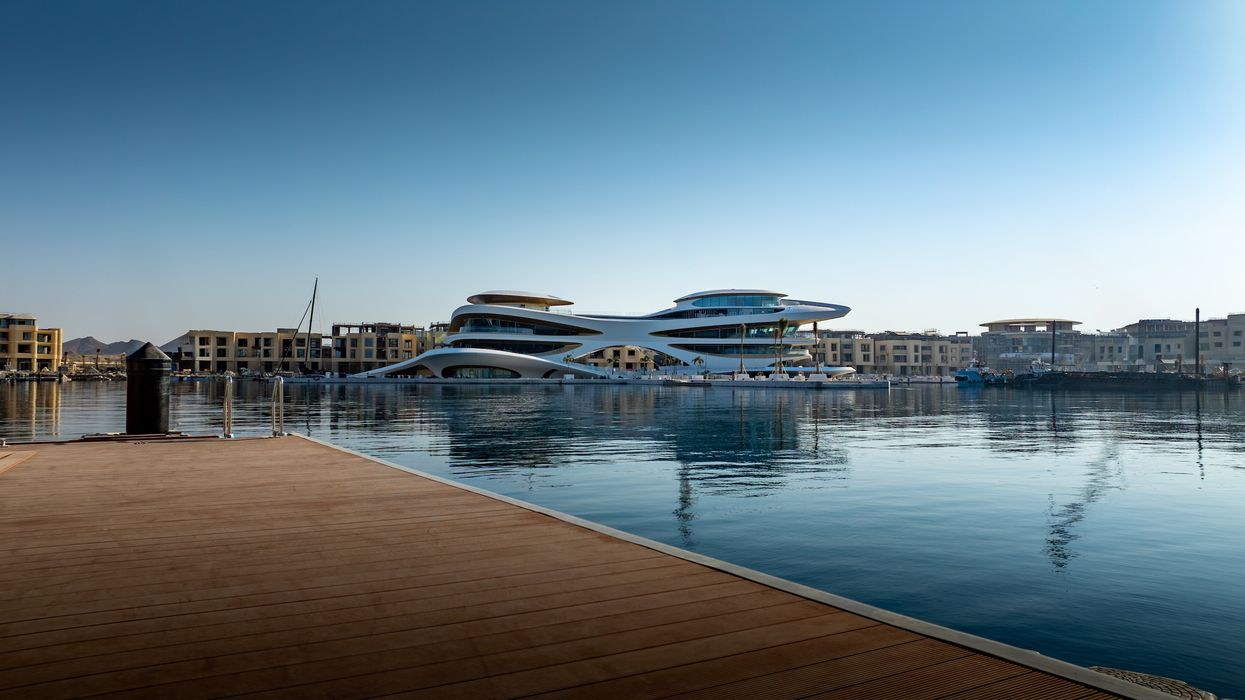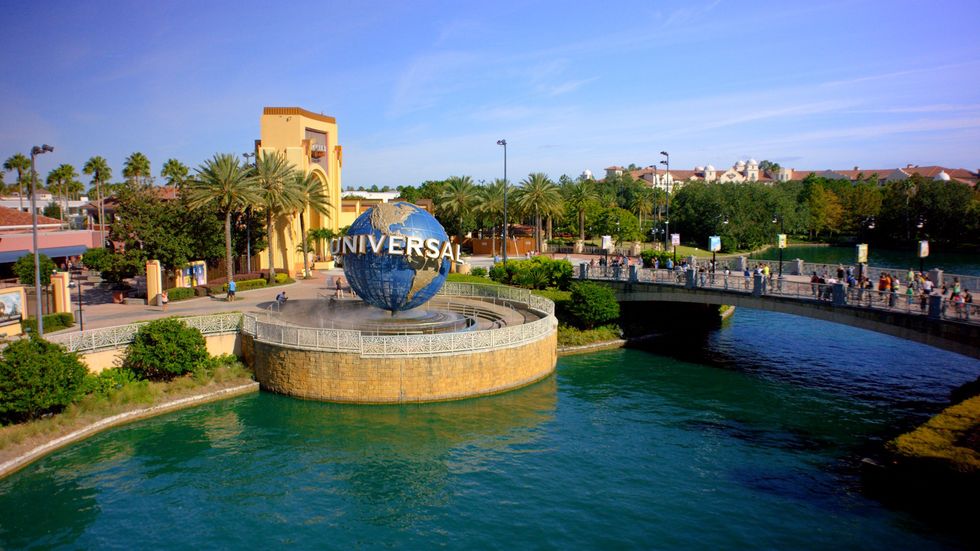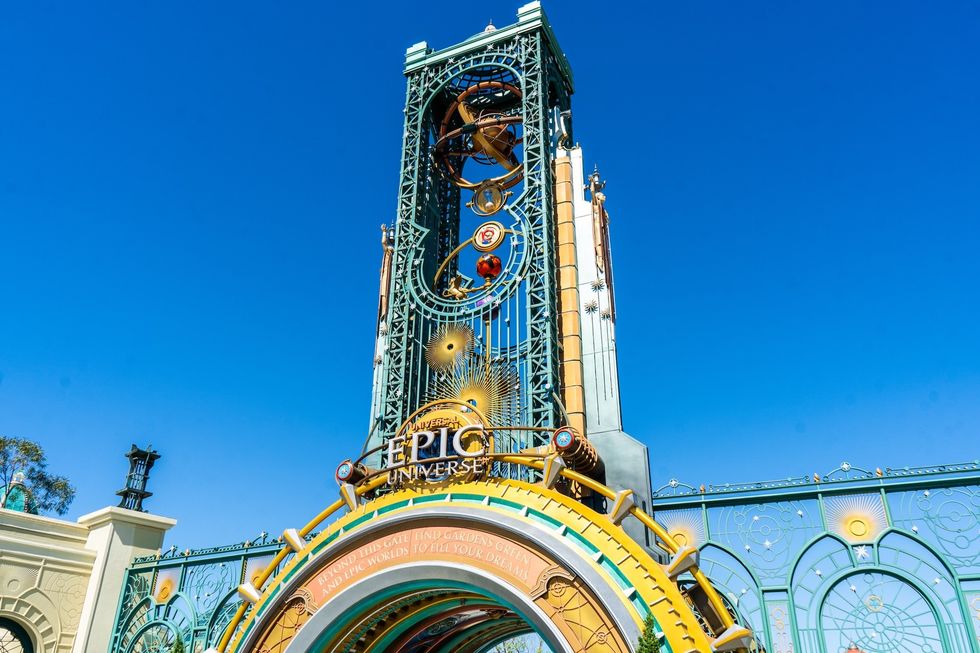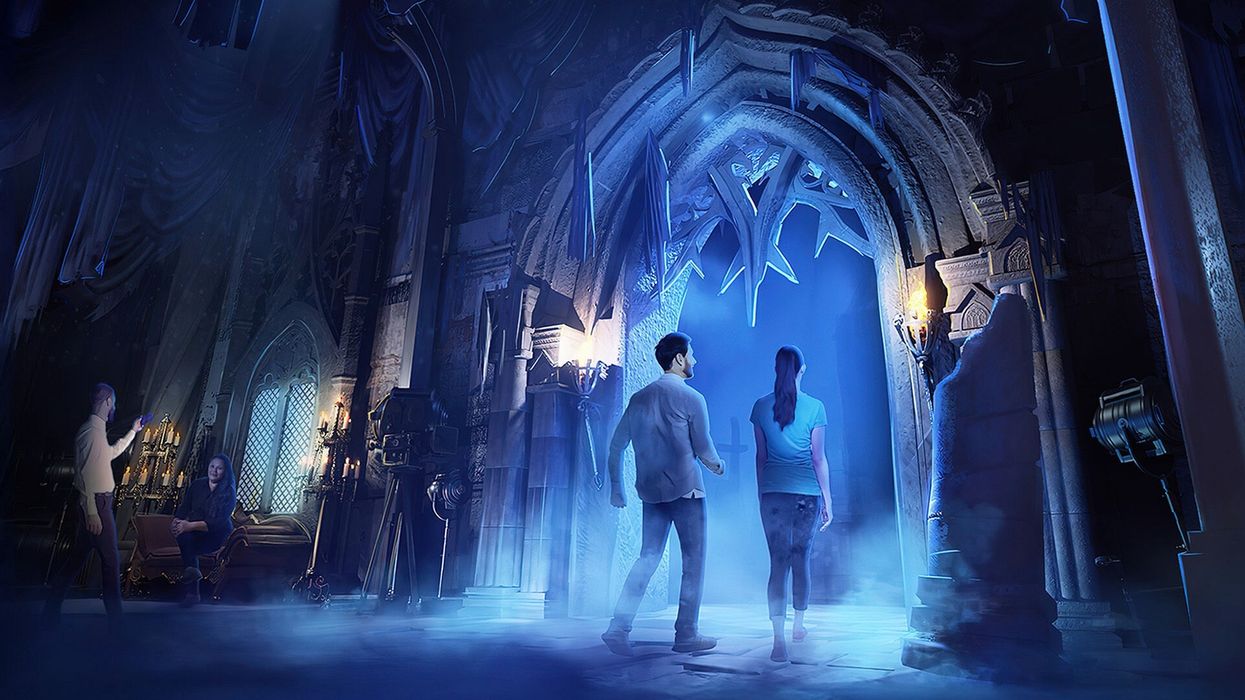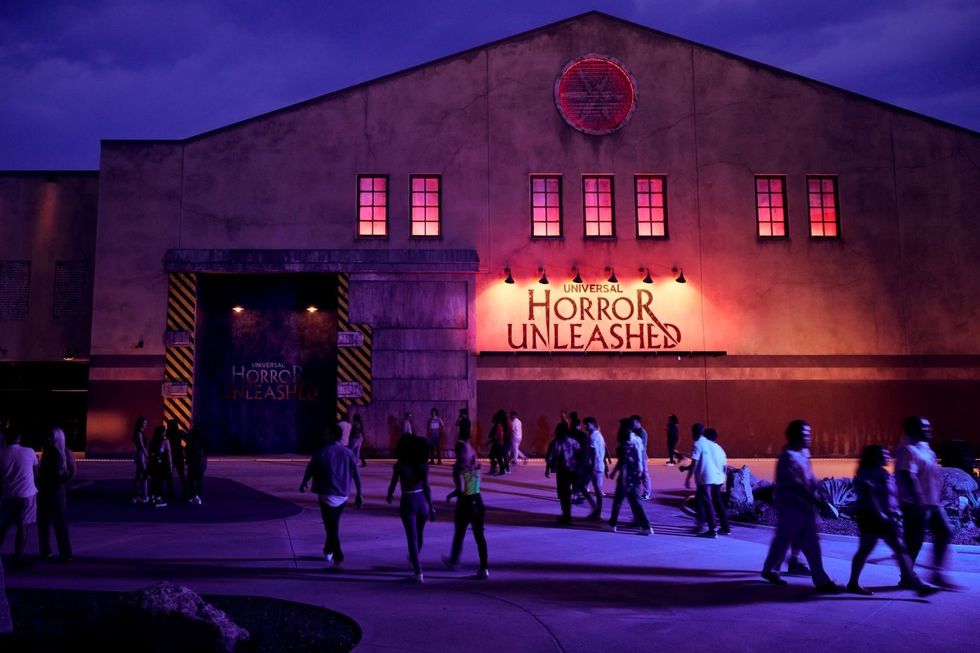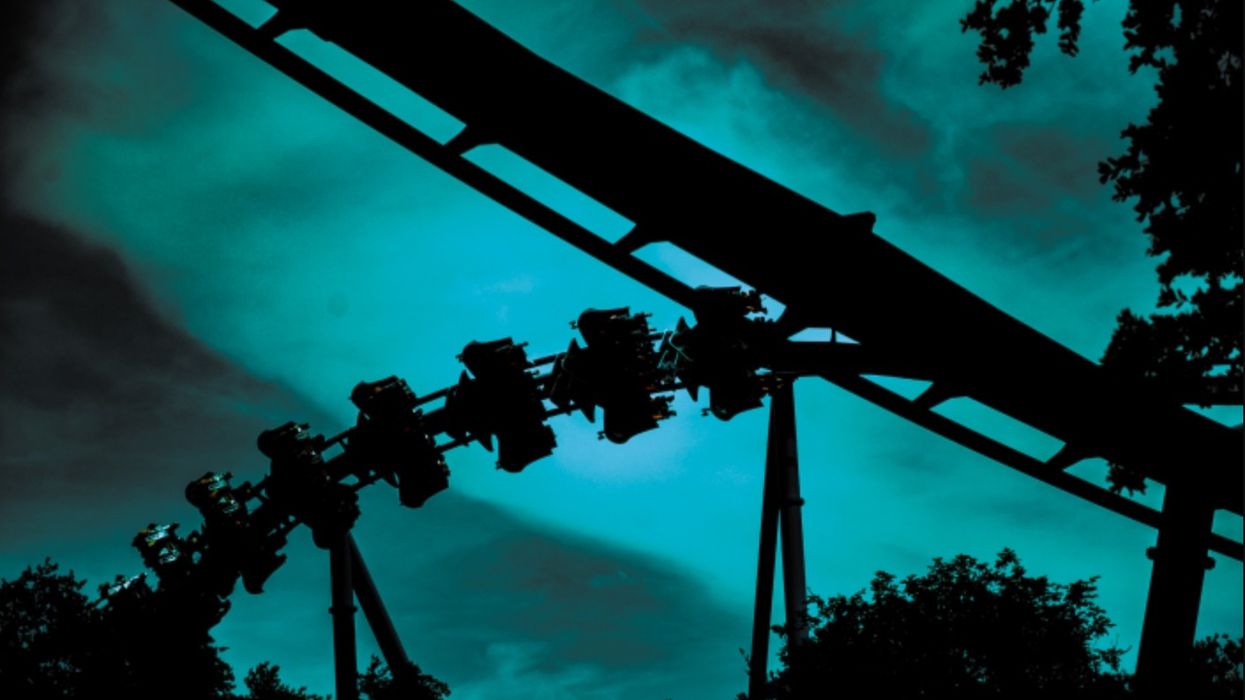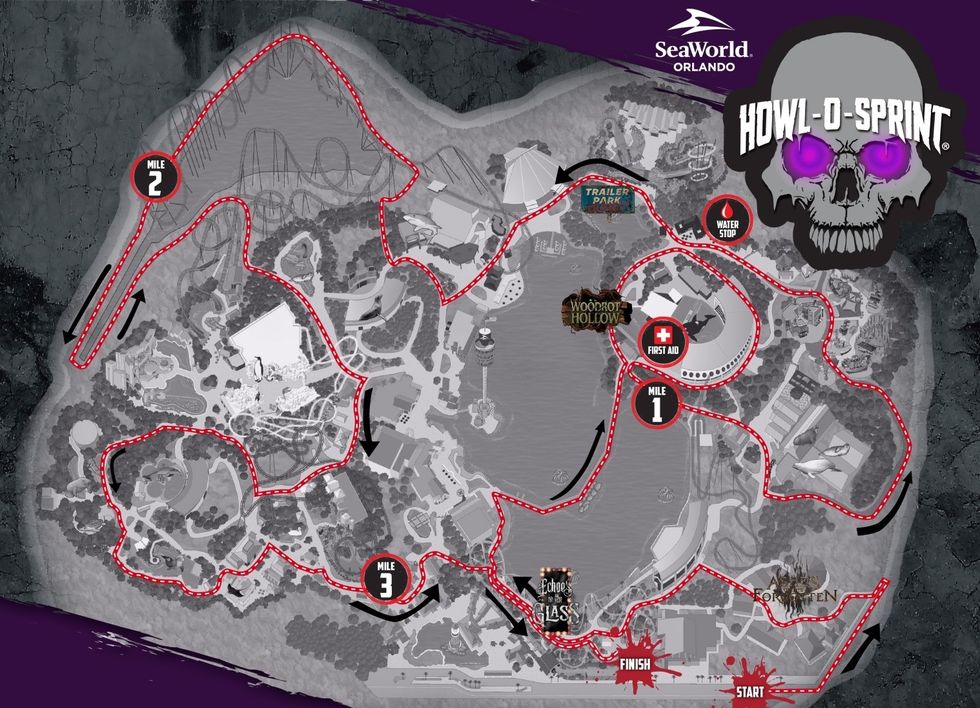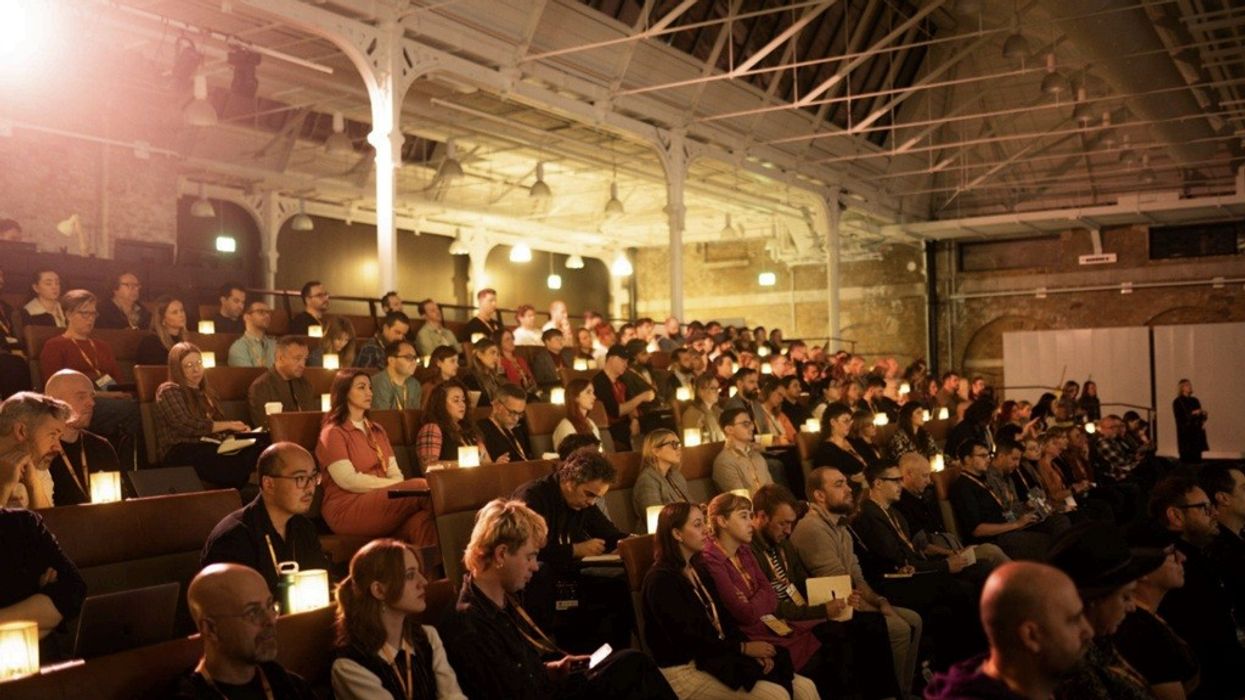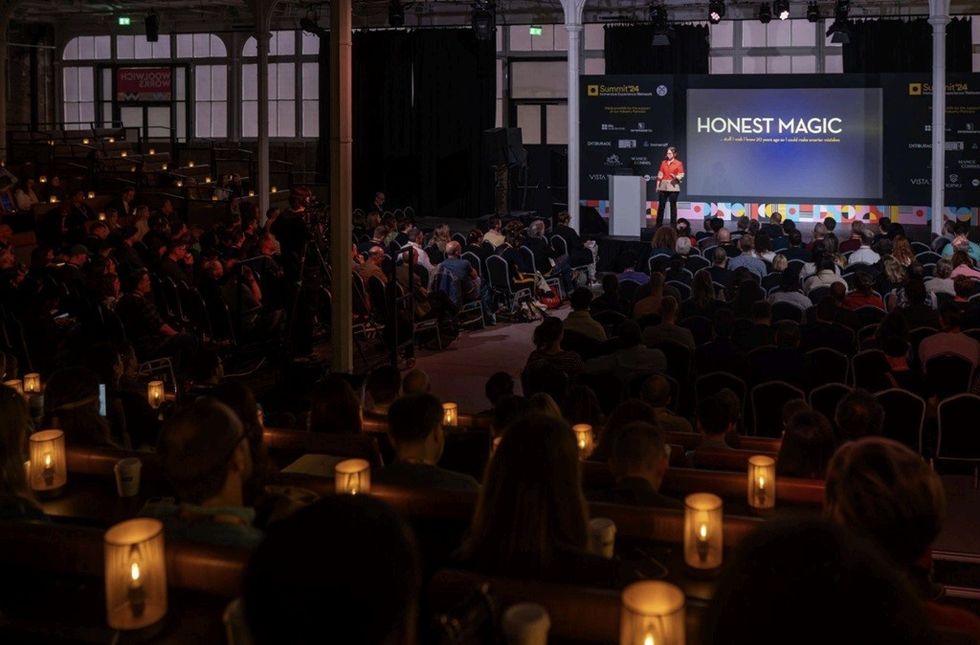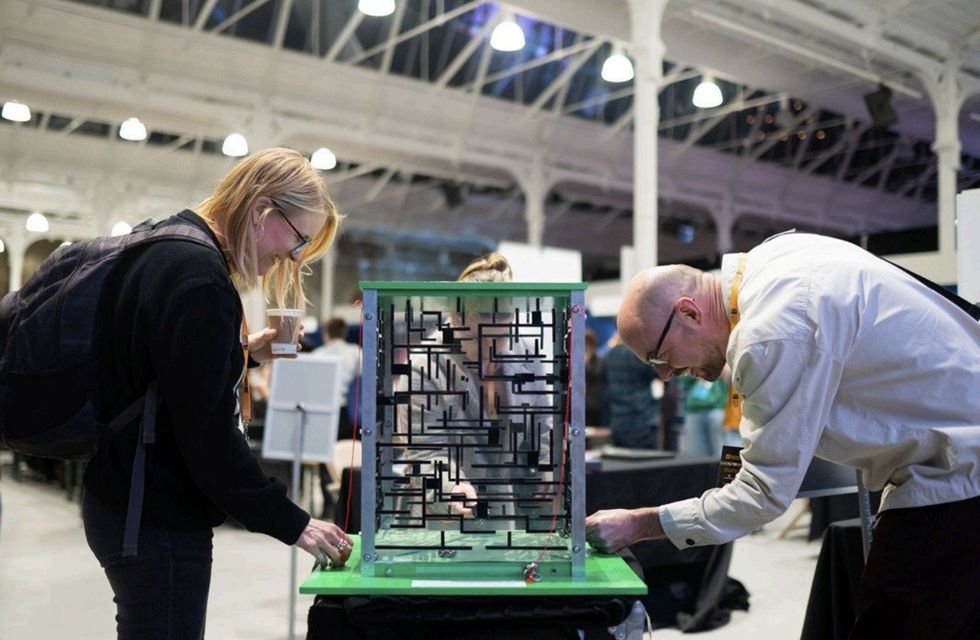Collective laboratory
The new extended programme has been met with excitement across the community of live immersive and interactive creators. However, not all changes to the event have gone to plan, and the event team was forced to change the location halfway into planning. This underscores the key thread of the Summit: resilience, versatility, and the ongoing evolution of a sector that thrives on uncertainty and reinvention.
The decision to extend to two full days demonstrates an appetite for deeper engagement. With more presentations, networking opportunities, and space for practical workshops, this year's Summit is set to offer a 'collaborative laboratory' style experience.

Additionally, on the opening day of Summit'25, the Escape Room Industry Conference (ERIC) will once again present acuratedprogramme initsdedicated theatrespace.
The Summit’25 agenda explores the key topics impacting immersive creators in 2025. Sessions span writing for theme park attractions, the intersections of architecture and experience design, the role of artistic voice in brand-commissioned work, and more.
Four content spaces will host more than 35 speakers across the two days, including representatives from Universal, Tellart, HKS Architects, XR stories and Mediale.
Contributors join the Summit from independent stages, global platforms, studio experiments and world-scale spectacles, and include thought leaders in design, theatre, and art, from both the UK and worldwide.
Evolving immersion
Summit'25 aims to make attendance as accessible as possible, with a variety of ticketing choices tailored to diverse requirements. Creators can pick between one- and two-day tickets, with concession rates aimed for students, freelancers, and others on lower incomes. Early bird tickets are availableuntil the end of September.
Member discounts remain the most cost-effective option to attend Summit'25. Members also accessyear-round benefits through the Immersive Experience Network.

Withdiscussion panels, speaker presentations,and workshop engagements, the event willenable attendees to meet with exhibitors and build meaningful contacts during networking sessions.
Summit’25exemplifies what is most important about the community it fosters: an opportunity for creators who frequently work in silos to discuss strategies, compare problems, and envision new directions together.
"There’s a growing sense that immersive practice is maturing into something larger than it’s roots and the very themes at this year’s event - sustainability, accessibility, safety, and meaningful participation - signal that creators want to build not just spectacular experiences, but responsible and enduring ones," says IEN.
"If the Summit demonstrates anything, it’s that immersive creation is not a passing trend. It’s a space where artists, technologists, and audiences are collectively rewriting what performance and play can mean. The challenges, financial, logistical, ethical, are real. But so too is the determination to face them head-on.
"As the conversations at Woolwich Works unfold, one thing is clear: the immersive field is learning how to design not just for wonder, but for resilience, inclusion, and impact. That, perhaps, is the most immersive experience of all."
For more details and to book tickets, please click here.
